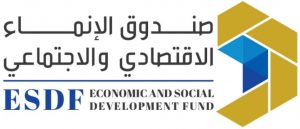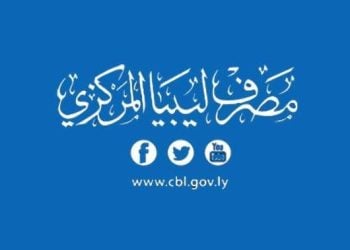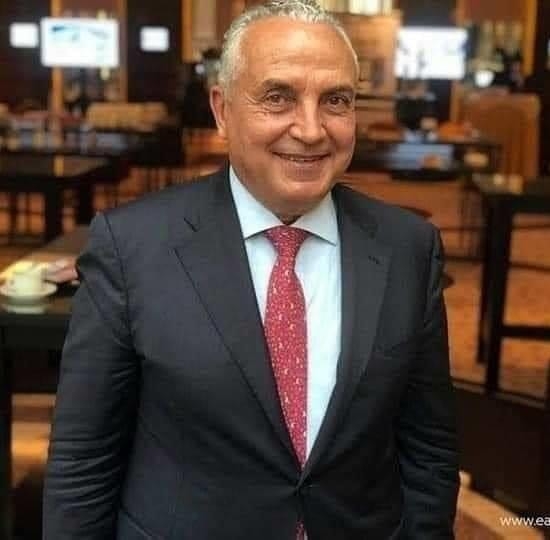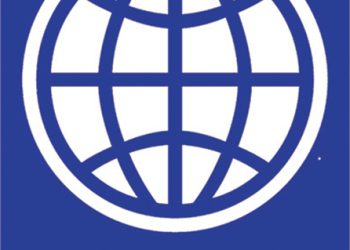By Sami Zaptia.

London, 15 January 2021:
Libya’s state Economic and Social Development Fund (ESDF) opened three new clinics last week (9 January) through Private Public Partnership (PPP) investments
The three clinics were the Ruwad ophthalmology clinic, Oxygen clinic, a sanatorium using pure oxygen therapy, and Beverly clinic, a clinic for cosmetic varicose veins. All clinics were investment projects in partnership with the private sector, the ESDF reported.
Future development and investment plans
The ESDF said that these were part of its investment programme in the Libyan health sector. It said that it is planning other promising projects and awaits the strengthening of its financial position through revenues from its investments such as its clinics and other investment projects.
The ESDF also said that it is studying the establishment of a medical city, a centre to produce intravenous solutions, and a central pharmacy.
It stressed that the workers in its health centres are Libyan nationals.
The ESDF said that it is working on enshrining the concept of PPP and the need to consolidate its presence in investment projects and in Libyan companies.
Analysis
The jury is still out on the state created ESDF
It must be pointed out that the jury is still out on the ESDF. Leaving aside the fact that they were a Qaddafi creation, forced upon the Libyan public, they are still to make their case for receiving public funds.
The ESDF has been historically, like most Qaddafi-era entities, very un-transparent in its operations and its accounts. Libyans do not have a clear idea of how much of their money has been spent and wasted over the decades since their creation by the Qaddafi regime.
Like most Qaddafi era entities, they are over-employed and have had very little to show for the billions of dinars invested in them.
Created in 2006, the ESDF owns or partly owns a plethora of companies across a wide range of sectors from tourism, manufacturing, real estate to banking.
In 2009 the ESDF was estimated to employ about 27,000 people and worth about US$ 11 bn of assets.
They have proven bureaucratic, ineffective, inefficient and have failed during the last ten years since the overthrow of the Qaddafi regime to solve any of the myriad of Libya’s problems: power cuts, petrol shortages, cooking gas shortages, cash shortages, poor medical healthcare, poor education, poor infrastructure etc.
There are calls for the shut-down or total privatization of these finance-gulping dinosaurs which the private sector sees as unfair competition, as they are not allowed to go bankrupt. However, no going private sector concern would be prepared to take them on without releasing most of their unproductive employees.
Reform plan launched
In September the ESDF announced reform plans to make the group of companies a running concern.
ESDF reforms include cancellation of portfolios and dissolution of companies | (libyaherald.com)
Over 20,000 without National ID Numbers collecting ESDF low-income salaries | (libyaherald.com)
Priority access to cement for south Tripoli’s war damaged | (libyaherald.com)
ESDF to restart cement production at its Sug Il Khamis Ahlia factory | (libyaherald.com)






